To manage personal finance, evaluate your income sources, investments, spending, savings, and insurance products that protect your health, home, etc.
Which of these areas have you been neglecting? If you have, you’re probably facing some financial challenges, such as a low credit score due to unpaid loans or zero savings and living paycheck to paycheck.
It’s possible to turn things around and increase savings as you reduce spending, whether you’re financially healthy or the debts are eating up your income and investments. Let’s discuss these solutions.
How to Manage Your Financial Situation and Cash Flow?
Managing your financial situation might be overwhelming, especially during seasons of minimal receivables and numerous payables. Do you know there’s a connection between your debt situation and your mental health?
When you default on payments, you enter a phase of unexplainable stress until you can clear with lenders. It’s also likely to affect your interactions with the ones close to you. Additionally, you might be irritable and spend hours procrastinating. All these changes will affect how you manage and spend your money.
As you solve your financial situation using the tips below, don’t forget to take care of your mental health.

5 Ways to Manage Your Financial Situation
Boost Your Financial Literacy
Do you know what’s going on in your finances? The only way to do that is to know where to start and what to check. Therefore, first, get the best personal finance mobile apps. These can show you how to budget, link your bank accounts to manage payments, and give you investment options.
Beyond using apps, there are free resources online with interactive lessons and games, plus professional courses. One of the professional courses that can change how you calculate your cash flow is Microsoft Office Excel.
Of course, financial apps can do that for you, but nothing is as clear as a good old Excel spreadsheet. Plus, it’s a skill that’ll add value to your academic qualification in future interviews.
Track Your Spending
One of the financial traps is failure to track expenses. Keep receipts until you record your spending in an Excel spreadsheet or personal finance app. These details make the cash flow statement practical.
Review Your Credit Report
It’s better to know how you’re doing than to wait until you need a loan and the lender tells you it’s possible because of your poor credit history. Therefore, once you pay any credit card debts and loans, check how you’re doing.
Budget Before You Spend
That’s where you make short and long-term spending plans. Short-term budgets range from monthly groceries to buying small household electronics and paying school fees. Long-term, you’re thinking about a new mortgage, a car, a vacation fund, etc. When you set goals for present and future spending, you can track your savings for such needs and wants.
Calculate Your Cash Flow
You have probably heard about ways to improve cash flow for businesses. Well, some of those strategies also apply to personal finance. For example, calculate your income after paying taxes. Alimony, investments, and other sources that give you money are also in the income bracket.
Next, calculate how much you spend. Include rent, credit card payments, loan repayment, and other expenses that draw money from your account. Once you do that, discover whether your cash flow is positive or negative.
If you subtract expenses from income and there’s some money left, you have a positive cash flow. If it’s the opposite, and you have to find money to meet some expenses your income can’t sustain, you have a negative cash flow. Here are some things you can do.
Where and How to Borrow When You’re Cash-strapped
Check Your Insurance Policy
Did you know that you can borrow from life insurance policy providers to fund emergency expenses?
Well, a life insurance cover can loan you money, although you know it as a cover for your dependents later in life. However, this policy loan isn’t in all types of life insurance coverage. It’s a cash value in a universal or whole life insurance policy.
As such, term life insurance coverage can’t get you quick cash. The money you borrowed comes from the premium payments you make. All of this sounds so appealing until you hear that you risk denying your survivors the full death benefit when you default on this policy loan.
Also, these loans have interest, meaning the policy lends you money from your savings and still demands interest.
Quick Cash Loans
It’s a personal loan with a quick disbursement process to cater to financial emergencies. But some also run a credit check, which may limit you if you’re a defaulter. There are several types of such quick loans. Let’s look at a few of them.
Payday Loans
A payday loan doesn’t have the same drawbacks as the policy loan above. However, a payday lender will ask for your pay stub or anything else that proves you have a stable income to pay the loan within 14 days to a month.
The loan period varies across states; therefore, you may have a longer or shorter duration. But this loan is quick and can take care of small expenses of up to $500. The only thing to keep at the back of your mind is that it carries a high interest that can lower your credit score when you default.
Title Loans
Unlike a payday loan, your vehicle title is your collateral. If you default, you risk losing your car.
Personal Installment Loans
Find lenders who offer these types of loans if your credit score is low and will likely not get you a payday loan.
Final Thoughts
Your journey to financial stability starts when you measure your spending against your income and get a positive balance. If it’s not, you’re in debt and unable to meet your expenses. A cash flow statement visualizes these two scenarios, and that’s why you need a personal finance mobile app or software with accounting functions, such as Microsoft Office Excel.




